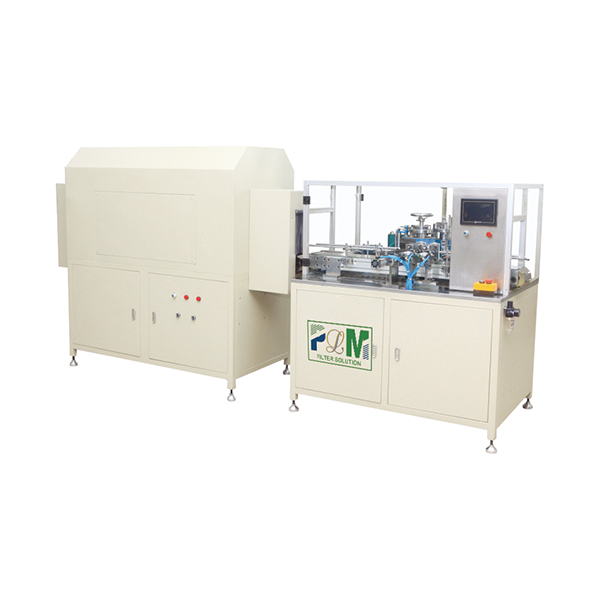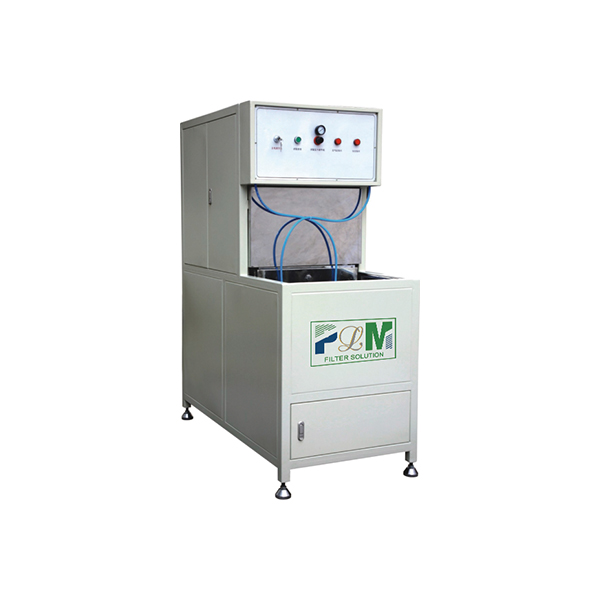Nov . 24, 2025 17:00 Back to list
Comprehensive Guide to Filter Caps: Applications, Benefits & Future Trends
Filter Caps: A Small Component With a Big Global Impact
At first glance, filter caps might sound like a minor piece of hardware tucked away in complicated systems, but oddly enough, understanding them unveils a world of efficiency, sustainability, and innovation that’s quietly shaping industries from water purification to electronics. Around the globe, the demand for reliable filtration solutions is skyrocketing, driving a closer look at these humble devices. With benefits spanning prolonged equipment life, environmental safety, and cost reductions, filter caps quietly deserve a front-row seat in conversations about industry progress and global health.
Why Filter Caps Matter in Our Changing World
In a world increasingly focused on sustainable development and resource efficiency, filter caps play a critical role. Data from the International Organization for Standardization (ISO) highlights that poor filtration in manufacturing and water treatment leads to billions in losses annually through damaged equipment and contamination (1). Furthermore, organizations like the United Nations emphasize clean water as a top humanitarian priority (2). And here’s the rub: filter caps underpin crucial filtration systems in everything from drinking water stations to petrochemical plants. Without them, the global supply chain and efforts to minimize pollution would suffer immensely.
What Exactly Are Filter Caps?
In simple terms, filter caps are protective covers fitted with filtration media designed to trap unwanted particles, dust, or contaminants as fluids or gases pass through. They are found in a variety of applications, including hydraulic systems, chemical processing, and even consumer electronics. Think of them as tiny guardians, silently screening out anything that might otherwise gum up a machine or compromise the purity of a product or environment. In humanitarian scenarios, they ensure water remains safe to drink. In heavy industry, they protect sensitive machinery from abrasive particles that could trigger costly breakdowns.
Breaking Down Filter Caps: What Makes Them Tick?
1. Durability
The environment these caps work in is often harsh, involving chemicals, temperature swings, and mechanical stress. Material choice—be it stainless steel, polymer composites, or specialized alloys—determines how well a filter cap withstands wear and tear.
2. Filtration Efficiency
Filter caps differ in pore size and media type—some capture particles larger than 5 microns, while others trap ultrafine contaminants. Matching the right filter media to the application ensures maximum purity and minimal flow disruption.
3. Scalability
Whether deployed in a compact fuel filter or embedded in an industrial-scale water treatment plant, filter caps need to meet different volume and flow rate demands. Their design naturally scales according to system size and environmental requirements.
4. Cost Efficiency
Though often overlooked, producing filter caps is a balancing act between performance and price. Choosing sustainable materials or reusable designs can trim long-term operational costs significantly.
5. Compatibility
To avoid compatibility nightmares, engineers must consider fluid types, system pressures, and connection standards, ensuring filter caps integrate smoothly into existing infrastructure.
6. Maintenance & Replaceability
Some filter caps come with replaceable cartridges or sleeves to simplify upkeep, reducing downtime and maintenance costs, vital in remote or disaster-stricken regions where spare parts are scarce.
Mini Takeaway: Filter caps pack a serious punch by combining durability, efficiency, and adaptability — working silently but crucially across industries.
From Remote Villages to Massive Refineries: Filter Cap Applications Worldwide
You might be surprised how widespread and vital filter caps actually are. In sub-Saharan Africa, for instance, NGOs deploy filter caps in portable water purification units providing drinks free of bacteria and sediment (3). In the Middle East's oil sector, these caps prevent debris from damaging sensitive pumps under grueling conditions. Even in food manufacturing plants in Europe, filter caps help maintain sterile environments vital for safe production.
Here’s a quick glance at a few real-world scenarios:
- Humanitarian Aid: Emergency water filtration kits post-disaster rely heavily on filter caps for quick deployment and maximum safety.
- Industrial Manufacturing: Hydraulic systems use filter caps to protect machinery from dust and metallic particles.
- Consumer Electronics: Small filter caps prevent dust ingress while allowing airflow, enhancing product longevity.
- Agriculture: Irrigation systems benefit from filter caps that prevent clogging of tiny drip nozzles, ensuring water efficiency.
Mini Takeaway: Filter caps are everywhere—and that’s because they reliably solve real-world problems across vastly different contexts.
The Long Game: Why Investing in Filter Caps Pays Off
Beyond preventing mechanical failures, filter caps contribute to sustainability by extending equipment life and reducing waste. Their role in ensuring pure water also has immense social implications, protecting communities against waterborne diseases. From an emotional perspective, they provide peace of mind — knowing your infrastructure is safeguarded, your family has clean water, or your plant meets regulatory standards.
Financially, choosing a high-quality filter cap reduces downtime, repair costs, and even insurance premiums. Companies pushing for green certifications often emphasize filtration improvements as part of their environmental responsibility programs.
Product Specification Table
| Specification | Typical Filter Cap Model | Notes |
|---|---|---|
| Material | Stainless Steel / Polypropylene | Resistant to corrosion and chemicals |
| Filtration Rating | 5 - 50 microns | Depending on application |
| Flow Rate | 10 - 500 L/min | Customizable per system design |
| Operating Pressure | Up to 10 bar | Suitable for most hydraulics |
| Replaceability | Cartridge or sleeve type | Allows easy maintenance |
Vendor Comparison: Who’s Leading in Filter Caps?
| Vendor | Material Options | Customization Level | Typical Lead Time | Price Range |
|---|---|---|---|---|
| FilterCo Solutions | Stainless Steel, Polypropylene | High — bespoke designs | 2–4 weeks | $$$ |
| GreenFilter Tech | Eco-friendly polymers | Medium — focus on sustainability | 3–5 weeks | $$ |
| HydroCap Inc. | Metal alloys, Composite materials | Low — standard product range | 1–2 weeks | $ |
Looking Ahead: Innovations in Filter Caps
The future is pretty exciting for these tiny but indispensable parts. We’re seeing research focusing on nanofiber media that can filter ultra-fine particles while maintaining high flow rates. Then there’s the push toward biodegradable filter caps crafted from plant-based polymers — a nod to both sustainability and ease of disposal.
Digital transformation also creeps in: smart filter caps equipped with sensors can communicate clogging levels or contamination risks directly to your phone or central monitoring software. This capability will be priceless for high-stakes industries like pharmaceuticals and aerospace, where tiny particles can have catastrophic effects.
Challenges — and How to Tackle Them
No product is perfect, and filter caps have their own share of hurdles. For one, balancing filtration efficiency against flow resistance is tricky — too fine a filter slows processes; too coarse, and contaminants sneak through. Also, sourcing raw materials that balance cost, durability, and environmental impact is a challenge.
Experts suggest that modular filter caps with easily exchangeable media offer the best compromise, along with ongoing R&D into greener materials. Regular maintenance protocols and worker training also dramatically reduce failure rates.
FAQ About Filter Caps
- How do filter caps differ from regular filters?
- Filter caps combine filtration media with a protective cover to integrate seamlessly onto devices or piping, offering a compact, easy-to-replace solution compared to bulky standalone filters.
- Can filter caps be reused, or are they disposable?
- Many filter caps feature replaceable cartridges or sleeves allowing reuse of the cap body, which cuts waste and cost. However, some specialized caps, especially those used in medical or food sectors, may be disposable for hygiene.
- What industries benefit most from filter caps?
- Hydraulics, water treatment, chemical processing, electronics, and agriculture rank among the top users, since all rely on protecting systems from particulate contamination.
- Are there environmental standards regulating filter caps?
- Yes, depending on the region and application. For example, ISO 16889 sets tests for filtration performance, while environmental agencies regulate filters used in water treatment and emissions control.
- Where can I learn more or purchase reliable filter caps?
- You can explore specialized suppliers online, such as filter caps vendors, who provide detailed specs and support customization for your needs.
Final Thoughts: Why Filter Caps Are Worth Your Attention
Filter caps might be tiny, but they stand at the crossroads of efficiency, safety, and sustainability. Whether it’s protecting critical machinery or ensuring communities have safe water, their impact resonates globally. With advancements in materials and smart tech integration on the horizon, their role will only grow, making early adoption wise for industries big and small.
Curious to learn more or find the perfect filter cap for your application? Visit our website at https://www.mfiltersolution.com to explore products and expert guidance.
References
- ISO 16889: Hydraulic Filter Performance Standards - https://www.iso.org
- United Nations Sustainable Development Goal 6: Clean Water and Sanitation - https://sdgs.un.org/goals/goal6
- World Health Organization: Water quality and health - https://www.who.int/water_sanitation_health
This is the last article
Comprehensive Guide to Filter Caps: Applications, Benefits & Future Trends
NewsNov.24,2025Filter Paper: Essential Guide for Industry and Global Applications
NewsNov.23,2025Essential Guide to Filter Materials: Types, Applications, and Future Trends
NewsNov.22,2025Efficient Long Pulse Dust Collector Pleated Filters for Superior Industrial Air Quality
NewsNov.22,2025Professional Air Filter Making Machine – Efficient Air Filtration Production Solutions
NewsNov.21,2025PLAB-6 A/B Glue System-Hebei Filter Man|Precision&Adjustable Speed
NewsNov.21,2025






